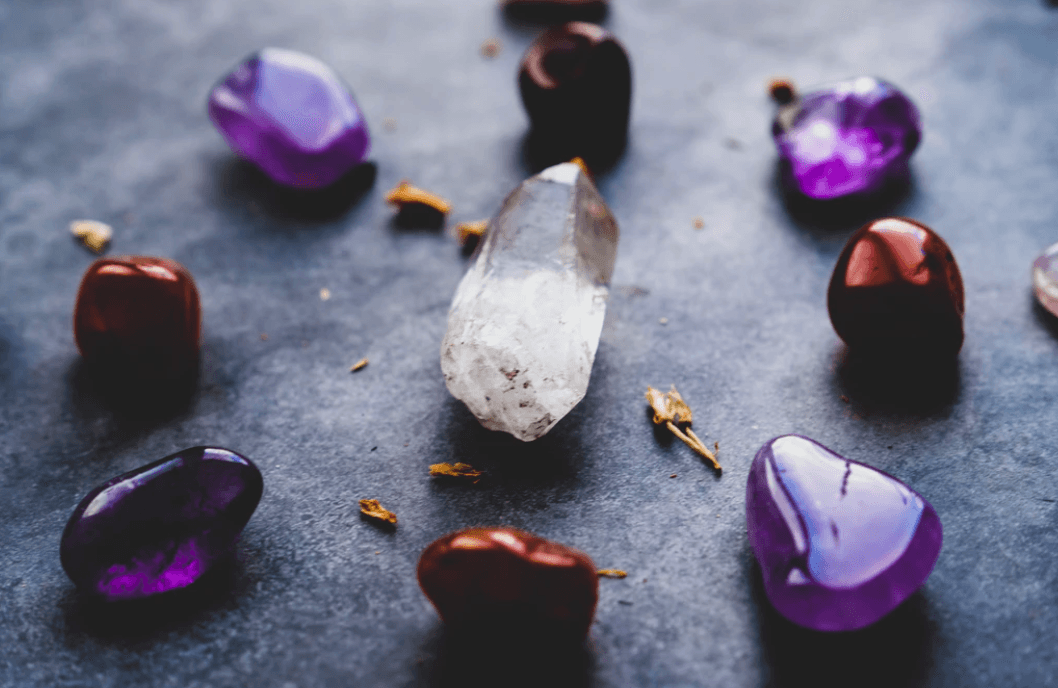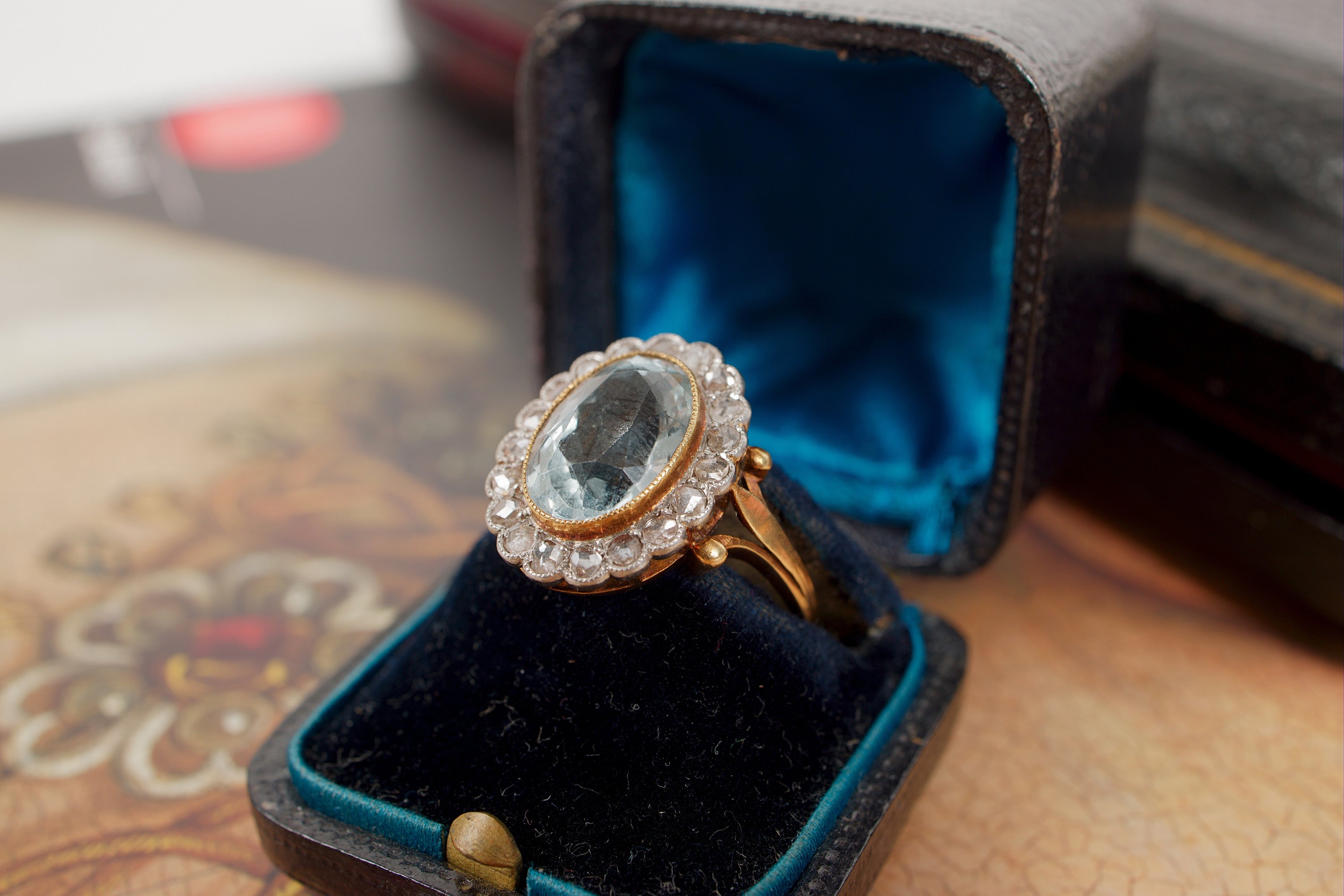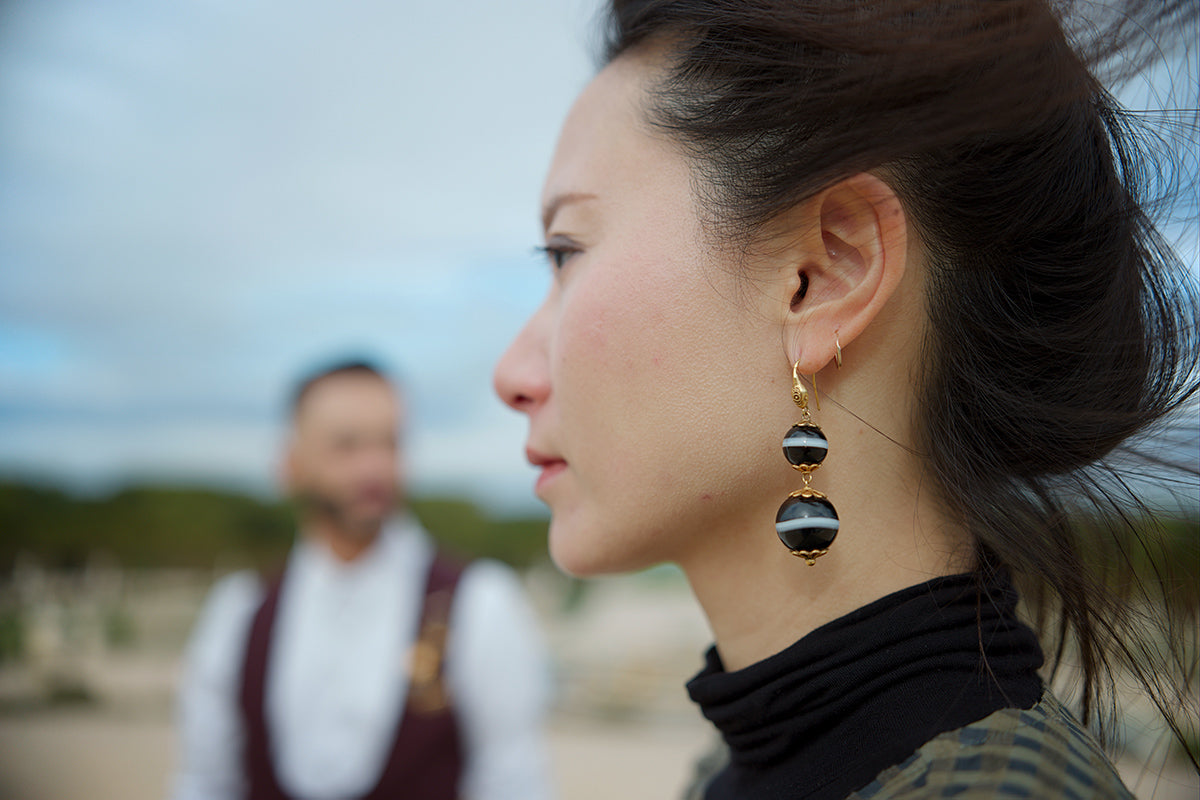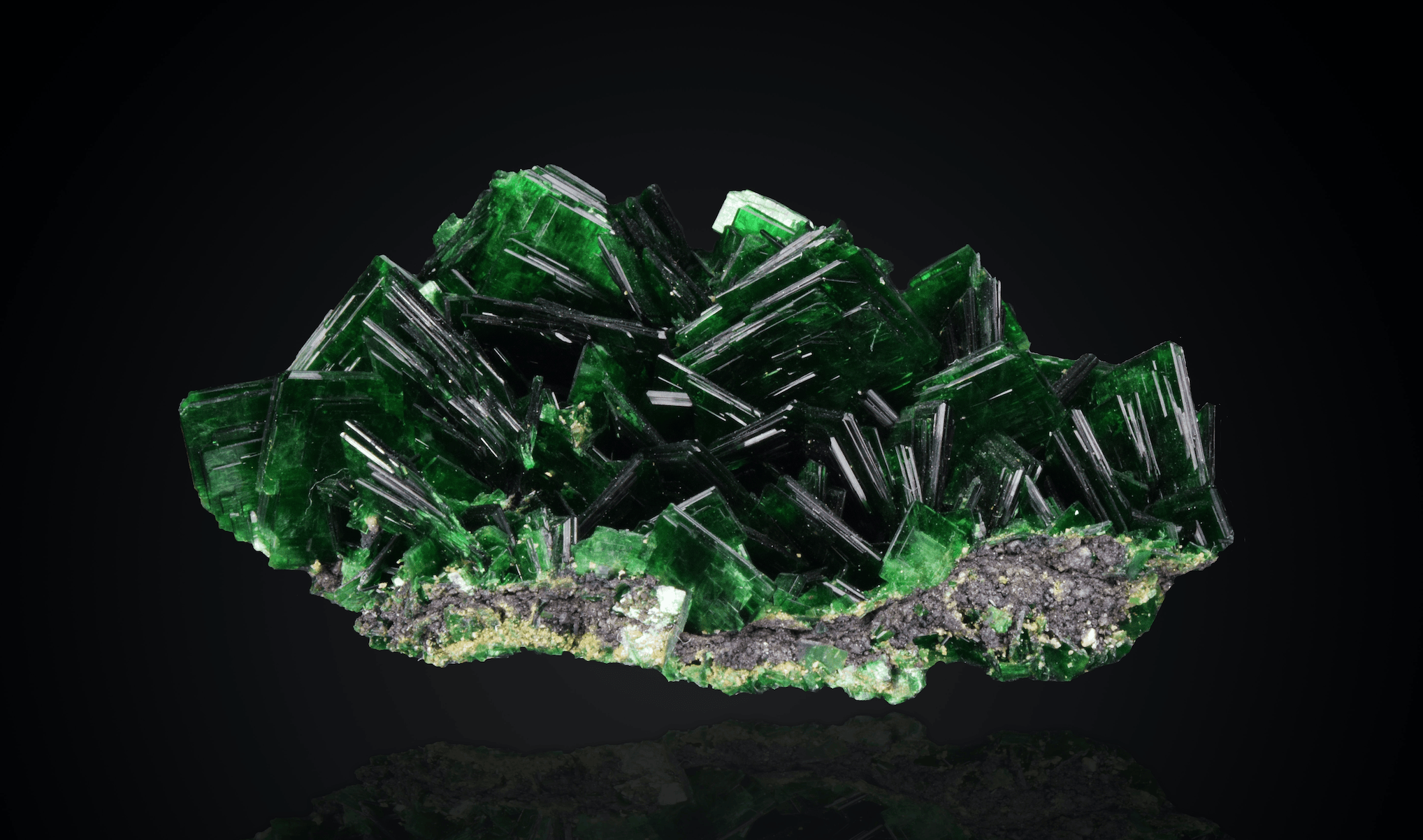Article: Found your dream piece of jewelry, what else you should know? (Part I)

Found your dream piece of jewelry, what else you should know? (Part I)
3 simple tips to take care of your jewelry
When the subject of care and cleaning comes up, veterans of the jewelry business swap stories that don’t usually end with “and they all lived happily ever after.” Unfortunately, it’s the horror stories that are remembered and retold. Especially for antique and vintage jewelry, the “after sale” is equally important than the decision to buy.
That’s why I will share 3 simple tips to take care of your jewelry.
Part I – Durability (Hardness)
In gemology, Durability consists of three qualities: hardness, toughness, and stability.
Let me first introduce you to the notion of “Hardness”, so that even before you buy a piece, you know that additional attention may be required. You will also understand why if you want an everyday piece of jewelry, Ruby/Sapphire may be a better choice than Aquamarine/Topaz (when budget allows of course!).
Let’s also face the truth that unfortunately, when it is about the antique/vintage jewelry, the gemstone presented on your beloved jewelry may already has more or less scratches after being treasured during so long time. Like we always say, "their imperfections make them perfect"!
- Hardness
Hardness measures resistance to scratches. Because diamond can scratch any other natural material on earth, it’s said to be the hardest gemstone.
In 1822 a German professor and mineralogist named Friedrich Mohs (MOZE) developed a system for rating the relative hardness of minerals. Because diamond scratched every other mineral, he gave it the number 10. He then tested other minerals in a similar way. This is the scale Mohs developed:
Diamond 10
Corundum 9
Topaz 8
Beryl 7.5
Quartz 7
Orthoclase 6
Apatite 5
Fluorite 4
Calcite 3
Gypsum 2
Talc 1
Let’s look at the below chart which is more direct to eyes:

This chart illustrates the degrees of hardness between numbers on the Mohs scale. As you can see, the hardness level only increases gradually among gemstone families, except between the last level of corundum and diamond, where the gap is wider.
The numbers on the scale Mohs may look abstract/scary but it’s not rocket science!
It tells you that ruby and sapphire, both corundum varieties, are among the hardest of the colored gemstones (Mohs 9). These stones make good choices for everyday jewelry!

Amethyst (Quartz) and Aquamarine (Beryl) are two popular colored stones that fall in the medium hardness range, between Mohs 6 and 8. Although they’re not as hard as corundum, they’re still hard enough to stand up to most daily wear.
Tip N.1: Think about the type of jewelry / gemstone and their utilization before you buy a piece of jewelry, especially if you want to invest in a piece with great value and want to wear it whenever it is possible. You may not want to be disappointed because its surface being scratched easily and you need to pay another considerable amount of money to re-polish your jewelry after buying it. Accept the fact that all the gemstones can be scratched.
Also, connect the type of jewelry with your daily activities. If you are an artist, cook or ceramist for whom the manual work is important, then avoid buying too many daily rings made of pearl or opal because they are very soft gem. Of course, you can always put your ring off during your activities, but the risk of loss is not negligible. if you are a real opal lover, maybe a brooch or a pair of earrings will be a better choice in this case.

From the scale Mohs, it also shows that if you buy a pair of peridot earrings (Mohs 6.5 to 7) and a ruby ring (Mohs 9), the ruby—a corundum—can easily scratch the peridot, so you need to pay more attention when you store them together.
Tip N.2: Pay attention to not mix jewelry which have gemstones showing wide gap in hardness. A retro era gold chain with diamonds can hurt your Art Nouveau pendant which has an aquamarine in the center if not being handled properly. It also happened to some of my clients who have stored their gold chains with different gems together. Later on, the chains have twisted and the gemstones scratched each another.
To store your jewelry in individual boxes or keep them in a large box with separator is a simple gesture which allows to save your jewelry from being scratched.
When you see some traces of scratches on your jewelry, it means that your jewelry may also receive a shock or a blow, so the setting of the stones may need to be checked. If in doubt, avoid wearing your jewelry until it has been examined by a jeweler.
Tip N.3: Check your jewelry regularly before it is too late!
Especially for antique/vintage jewelry, I recommend to proceed this step of check before your wear it. Sometimes, even untrained eyes can notice that the stone is loose from its setting. In this case, you should stop wearing it and contact the seller right away.
Last but not the least, when you show jewelry, handle it with respect because nothing is unbreakable and all pieces of jewelry need your care! (and love!)
In the next article, I will talk about the other two elements of the Durability of colored gemstones, which are the toughness and stability, based on which I will share with you more tips on their storage and cleansing.
Please let me know on the comment section if you have any thoughts on the subject so we can keep the sharing and learning cycle going !:)




1 comment
How much is that beautiful amethyst brooch. How much in dollars thank you
Sam gagliano
Leave a comment
This site is protected by hCaptcha and the hCaptcha Privacy Policy and Terms of Service apply.